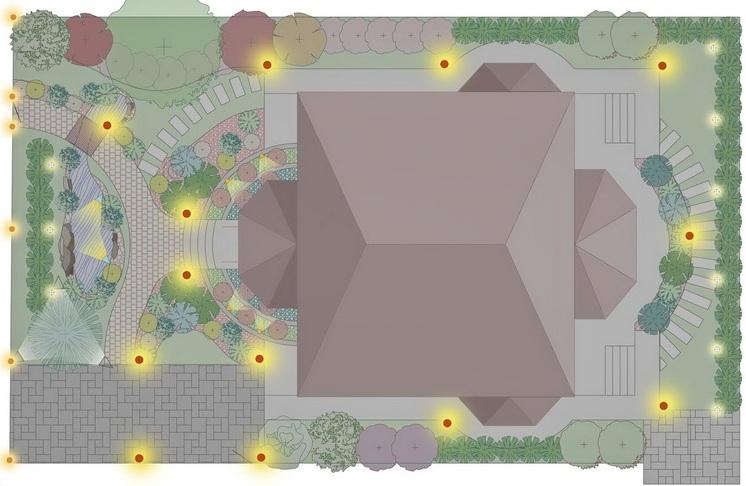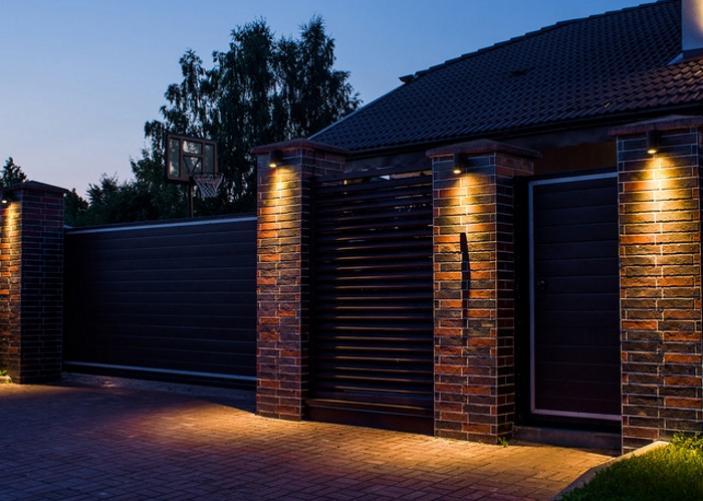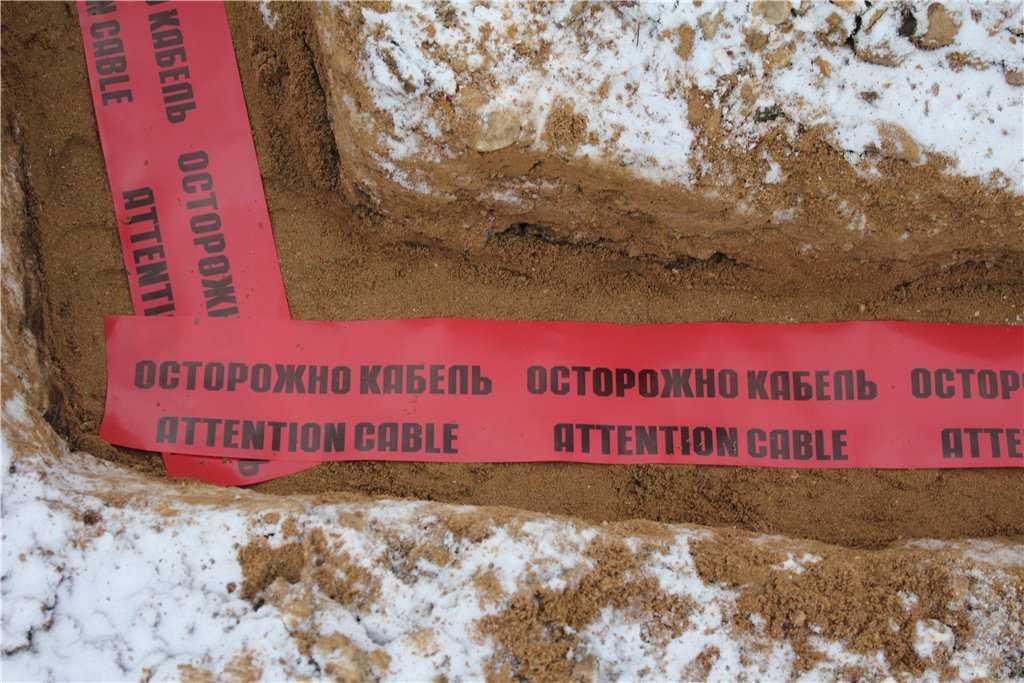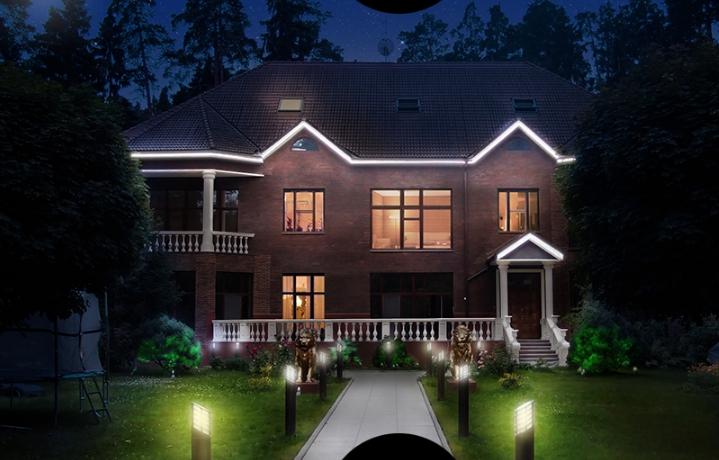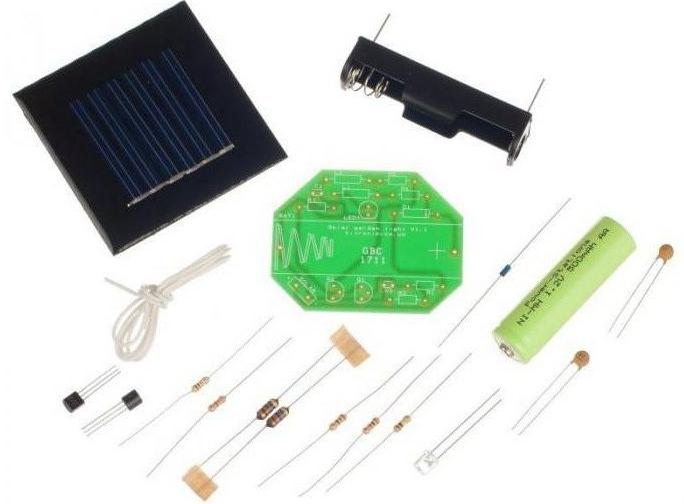Fence lighting in the country house
For a country house or summer cottage fence lighting - one of the mandatory elements. This increases the safety of movement in the yard, protects the house from uninvited guests, helps to illuminate the driveway. About the purpose of fence lighting, the choice of fixtures, the technique of installation with their own hands will tell this article.
Basic rules
When planning the organization of backlighting of the fence of a private cottage, it is necessary to rely on a number of basic rules:
- If the fence is not installed, it is better to start solving the problem even before the installation of the structure. You can make a preliminary plan of wiring and choose the location of fixtures.One version of the lighting plan.
- If there is no confidence that you will be able to do everything from start to finish with your own hands - then you need to hire masters. All cables and additional elements must be de-energized during the work.
- It is worth doing everything to eliminate the risk of unauthorized switching on the network.
- The work should be carried out in protective gloves. Additionally, rubberized boots are useful.
- It is also necessary to insulate the handle of each working tool.
- Check all cables and devices with a tester at all times during installation.
Following these simple principles will help protect against electric shock. But most importantly, proper installation will give quality and reliable fence lighting for the long term. You just need to remember to regularly clean the street lights from dust and replace the lamps.
Tasks and functions of lighting
Fence lighting of a country house has several important purposes:
- Illuminating sections of the road in the driveway to the house. This will not only greatly facilitate the "car" issue, but also help to walk without the fear of getting caught up in something in the dark. To do this near the gate and gate must be installed at least 2 lights, one on each side.You can safely drive up and approach.
- Illumination of the yard from the inside. For quiet, safe movement on the territory of the site, it is additionally necessary to illuminate flowerbeds and paths. If there are plans to install motion sensors and/or surveillance cameras, they should be mounted as close to the lights as possible.
- Decorative value. In addition to the obvious benefits, fence lighting is also very beautiful if done correctly. Accents on individual flowerbeds, plants, other design elements will add aesthetic appeal to the site. And you can additionally create exciting visual effects.
Choice of lighting, depending on the type of fence
The first thing you should pay attention to when planning to install lighting is the type of fence.
High solid fences.
Usually a solid fence reaches more than 2 m in height and has no gaps, gaps. It is made of different materials:
- concrete;
- metal;
- brick;
- profiled flooring;
- wood.
Fence lighting of this type involves the use of fixtures with directional light or circular lights on support legs. In the first case, you can direct the light flux to the desired areas on both sides, in the second - evenly distributed light with a more moderate brightness.
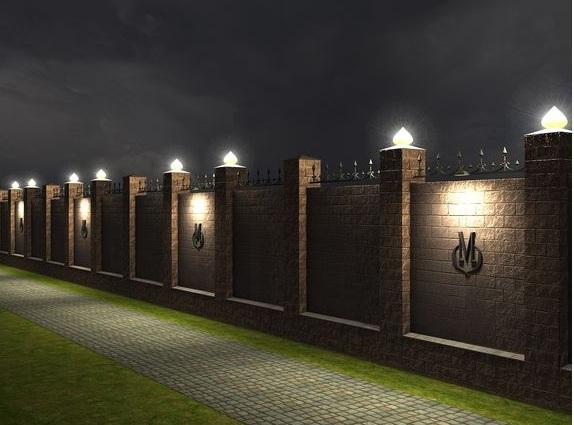
If the installation of illumination is done for decorative purposes, soffits or unobtrusive spotlights are placed below the high fence, and then direct the light to the surface. This way you can achieve interesting patterns. But only a fence with an aluminum or steel surface is suitable for this purpose.
Ventilated solid
The main difference between this type and the previous one is the holes and gaps between the sections. Through such a fence you can see the territory of the dacha and, conversely, the street. The materials of manufacture are similar. This type also includes fences-blinds, which open and close when needed.
The advantage of a ventilated fence over a solid fence is lower power consumption. After all, the light from street lamps and garden lights shines through the gaps.
Such fences are best illuminated by spotlights or spotlights, mounted directly in the ground. They will not only perform their direct task, but also allow you to make a beautiful décor of the homestead territory. Fixtures on poles will not give such an opportunity. In fences-blinds, special contact pads - lamellae - are installed on the sections. If there is an option to adjust the brightness, it will create the right balance between natural and artificial light.
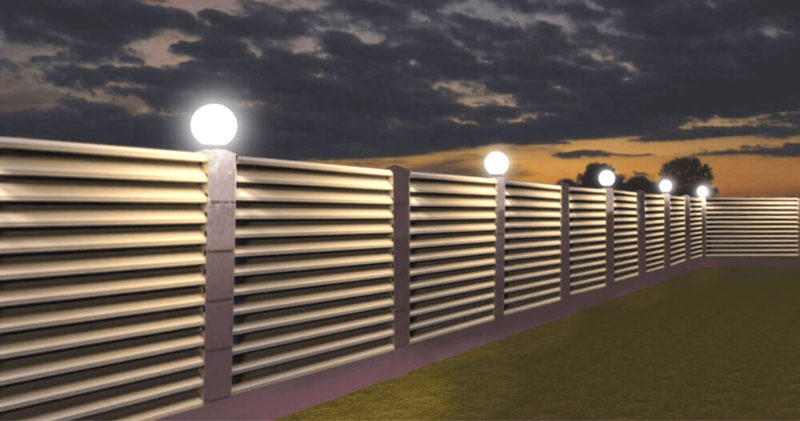
Low
This type includes fences made of poles and fences from poles. With such a fence, 2 lights on high posts near the gate and gates will well light the driveway. Make the fence visually taller will help small lights that are attached to the top of the supporting structures. The main thing is that they should have sufficient resistance to mechanical impact. An alternative way is to install soffits with directional light on the yard side.
Video slices with original lighting ideas for fences and fences.
The original lighting of the site with their own hands
Now about the procedure itself for installing lighting on the fence of the cottage.
Tools
The first step is to acquire the necessary materials:
- fixtures;
- cables;
- duct tape;
- corrugated tube.
Of the tools at hand you will need a screwdriver, a drill, pliers or pliers, a well-sharpened knife, and a tester to constantly check the current.
Marking and Laying Cable
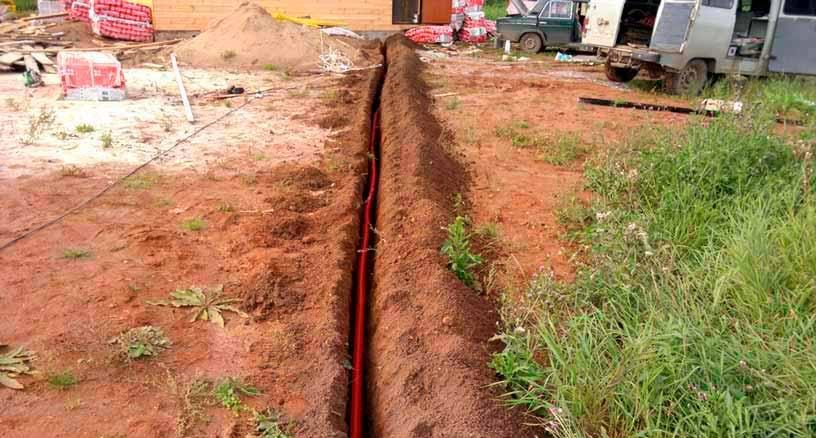
First, you must properly mark out the trench for laying the cable. Recommended dimensions:
- The width of the trench - 25-30 cm;
- depth - at least 70 cm;
- distance to the nearest bush - from 80 cm;
- from the tree - 1.5 m;
- from a fence - 60-70 cm.
Before laying the cable, the bottom of the excavated trench should be well leveled, covered with sand, remove all roots, stones and other interfering slag. There should not be even the slightest danger of damaging the cable.
Next, the laying of the cable is done in this sequence:
- Place the cable in the corrugated tube. There should be no bends, no strains.
- Check the wiring with a tester. If there are no problems, carefully lay the cable along the bottom of the trench.
- An additional means of protection is signal tape. It reduces to zero the risk of damaging the wiring when digging.The signal tape, is buried in the trench with the cable.
- When everything is ready, the trench is first filled with sand (10-15 cm). To test the stability you need to trample on the sand with your feet.
- Backfill the top of the trench with soil. The layer should be thick, at least 20-25 cm. There is no need to trample the ground, it will settle anyway.
Connecting
Now you can connect the wiring to the lights. After placing them in their places, with each need to do the following:
- Carefully strip the ends of the wires.
- Bring the phase to the center contact of the lamp, connect them securely to each other, insulate well.
- Use a tester to check grounding and resistance.
After checking, you can turn on the electricity. If everything is done correctly, each lamp will turn on and work reliably.
Backlighting without using electricity
To illuminate the fence of the countryside, you can also apply alternative options without electricity. One of the most common now - lighting with solar panels. In the context of the mass transition of mankind to this type of energy this method looks right and reliable. Its advantages are obvious:
- There is no need to dig trenches and lay cables;
- no electricity is wasted;
- environmental benefits.
But most importantly, you can put the lamp in any place, without specific reference. The design of such a lamp is simple:
- the body with the LED;
- solar panel;
- automatic controller of lighting;
- battery;
- stand, support.
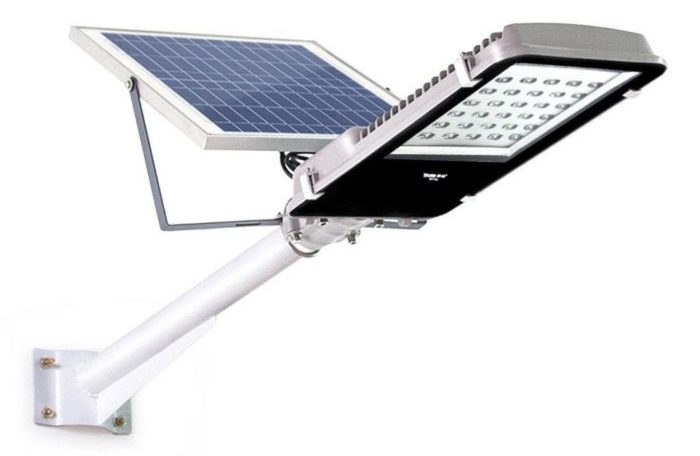
The automatic controller is another big plus of this type of illumination. Full automation allows the lights to turn on and off only on demand. Leaving after the weekend from the cottage, you can be reassured that they will not turn on for no reason.
However, the disadvantages of solar-powered lighting negate all the positive aspects:
- To get around only this light is extremely difficult - it is not bright enough to fully illuminate the area of the site.
- Even on the sunniest day, the battery will not charge for more than 8 hours of operation.
- Overcast weather and rainy seasons do not go well with solar panels. They will charge very slowly, which is only up to 4 hours of glow.
- A good light fixture will "cost a pretty penny" - $10,000, no less.
At the end of the video: street light
Installing Lighting fence for a country house on solar panels - a modern and good solution. But, by and large, you can't do without electricity. Gate, wicket, porch, steps - areas near these places should have reliable bright lighting.
